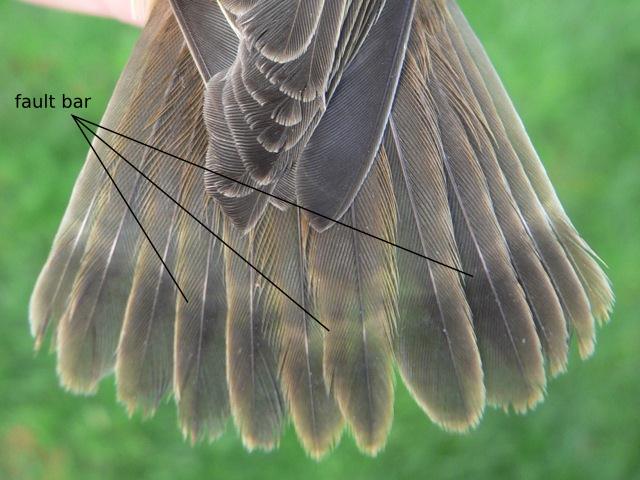A genetic study explores the demographic history of these white passerines.
The description of McKay’s Bunting (Plectrophenax hyperboreus) on Wikipedia reads: “This species closely resembles Snow Bunting (P. nivalis) in all plumages, but is whiter overall.” The close resemblance of these passerine species makes you wonder if they are not different morphs of the same species. A recent study in the journal PeerJ explored the species status of these birds using genetic techniques.
High Latitude Birds
Kevin Winker (University of Alaska) and his colleagues studied population genomics of Snow Bunting and McKays Bunting, using ultraconserved elements (UCEs). I will discuss these molecular makers below, but let’s first take a closer look at these buntings. McKay’s Buntings breed on remote islands in the Bering Sea, while Snow Buntings are found throughout the rest of the Holarctic at high latitudes. Previous work suggests that they diverged during the last glacial maximum, about 18,000 to 74,000 years ago.

A Snow Bunting (from: http://www.allaboutbirds.com/)
Gene Flow
The researchers tested different demographic models and checked which model fits their genetic data. In the end, the best model indicated a scenario of divergence-with-gene-flow. So, over time these birds became different while still exchanging some genes. In fact, possible hybrids have been reported relatively recently (see for example Sealy 1969), so the gene flow might still be ongoing.
But are they different species? Although they are genetically different, they still share a large amount of genetic variation. The genetic markers used in this study revealed no fixed differences. The researchers think that “given phenotypic differences between the taxa, it seems likely that there are fixed allelic differences in portions of the genome not included in our data.” More genomic analyses are needed to sort out the species question.

A McKay’s Bunting (from: http://www.birdsna.com/)
Ultraconserved Elements
As mentioned above, this study used ultraconserved elements or UCEs. These conserved sequences are shared among divergent animal genomes and are probably involved in controlling gene expression. They have mostly been used to uncover evolutionary relationships at deeper levels, but this study shows that they can also be applied to population genomic questions.
The results obtained using UCEs are different from a previous study that relied on mtDNA and AFLPs (Amplification Fragment Length Polymorphism). Specifically, effective population sizes were lower, divergence was deeper (about 241,000 years) and gene flow levels were lower. These discrepancies are probably due to the differences in effective population sizes of mtDNA and UCEs. Moreover, these markers are subject to quite different selection regimes. Good to keep in mind for further analyses.
References
Winker, K., Glenn, T.C., Faircloth, B.C. (2018) Ultraconserved elements (UCEs) illuminate the population genomics of a recent, high-latitude avian speciation event. PeerJ 6:e5735.
The paper has been added to the Calcariidae page.



















